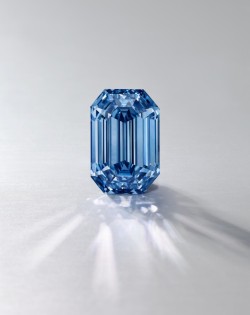
Prices are surging in some corners of the rough-diamond market, as sanctions on one of the world’s two giant miners ripple through the supply chain. In the past, the industry could turn to behemoth De Beers to crank out extra gems when supply ran tight — but not this time.
The price of a small rough diamond, the type that would end up clustered around the solitaire stone in a ring, has jumped about 20% since the start of March, according to people familiar with the matter. The reason: Diamond cutters, polishers and traders are struggling to source stones after the US levied sanctions on De Beers’s Russian rival, Alrosa PJSC, which accounts for about a third of global production.
For most of the modern history of diamonds, this is the sort of situation where De Beers could have tapped its vast stockpiles or simply fired up latent mining capacity. Little more than 20 years ago, its safes in London held stocks of diamonds worth perhaps as much as $5 billion.
Those days are now long gone. The company only carries working inventory stocks and its mines are running at full tilt. There is little chance of material increases in supply before 2024, when an expansion at its flagship South African mine will be completed.
“It’s very difficult to see us bringing on any new production,” Chief Executive Officer Bruce Cleaver said in an interview in Cape Town. “Thirty percent of supply being removed isn’t sustainable.”
De Beers also produces relatively few of the type of diamonds Alrosa specializes in: the small and cheap gems that surround a larger center-point stone or are used in lower-end jewelry sold in places like Walmart or Costco.
For many in the sector, that means growing shortages unless Alrosa and its trade buyers can find a work around.
Alrosa canceled its last sale in April and is unlikely to sell any large volumes again this month, the people said. It’s uncertain when the company will be able to sell normally again, they said, even as the company, banks and buyers look for solutions.
Source: mining.com










